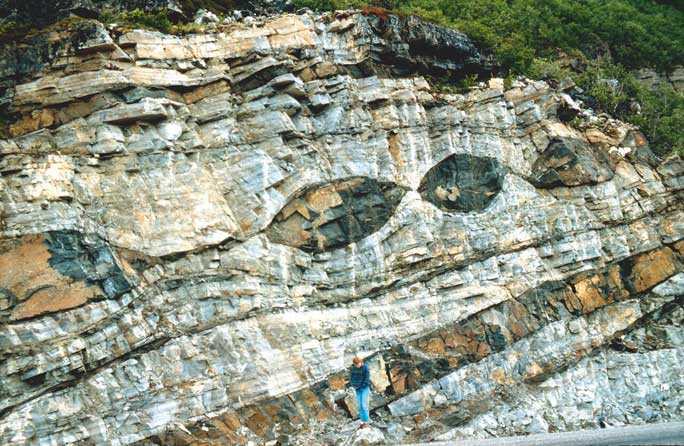New Research Reveals the Fate of Ancient Crust Fragments Consumed by Earth
According to Live Science, recent findings indicate that modern plate tectonics—the process by which 15 fragments of Earth’s crust continuously shift, slide over one another, and move oceans and continents—has only been occurring for about 1 billion years. During this process, these fragments constantly collide and slide against each other. The fate of the fragments that are subducted and consumed by the Earth’s interior remains a mystery.

The “missing” fragments of Earth’s crust resemble a segmented toy snake, similar to the geological processes depicted in the image, but on a much larger scale – (Photo: University of Cambridge)
The new study, led by ETH Zurich (Switzerland) and the University of Texas at Austin (USA), shows that the subducted crust fragments do not simply disintegrate and get recycled with the deep material of the mantle, as previously thought.
According to Phys.org, these fragments become weakened, bent, and when viewed in cross-section, resemble a segmented toy snake or a wavy decorative ribbon.
To reach this conclusion, the research team built a 2D model of subduction zones and programmed the model using known geophysical principles of plate tectonics and how Earth’s rock materials are utilized and recycled by the planet, combined with some real-world observations.
The model shows that when a crustal fragment—i.e., a tectonic plate—subducts beneath another plate, it suddenly bends and fractures. The bending causes the particles at the bottom of the plate to become finer and weaker, leading to the emergence of “weak points” that will eventually become depressions. It continues to slide beneath the overlying tectonic plate for hundreds of millions of years, being stretched, bulged, and completely deformed.
This simulation aligns with observations and seismic images from several subduction zones in Japan. The study has just been published in the scientific journal Nature.


















































